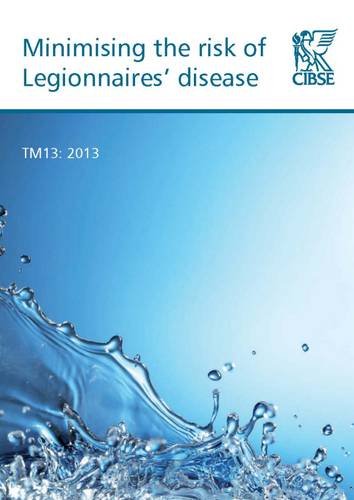

Most ebook files are in PDF format, so you can easily read them using various software such as Foxit Reader or directly on the Google Chrome browser.
Some ebook files are released by publishers in other formats such as .awz, .mobi, .epub, .fb2, etc. You may need to install specific software to read these formats on mobile/PC, such as Calibre.
Please read the tutorial at this link. https://ebooknice.com/page/post?id=faq
We offer FREE conversion to the popular formats you request; however, this may take some time. Therefore, right after payment, please email us, and we will try to provide the service as quickly as possible.
For some exceptional file formats or broken links (if any), please refrain from opening any disputes. Instead, email us first, and we will try to assist within a maximum of 6 hours.
EbookNice Team

Status:
Available0.0
0 reviews 
ISBN 10: 1628709987
ISBN 13: 9781906846336
Author: Greg Davies, Giles Green, John Lee, Robert Macleod-Smith, John Newbold, Martin Shouler, Chris Wilding, Julian Williams
This Technical Memorandum offers guidance on the appropriate design, installation, commissioning, operation and maintenance procedures necessary to minimise the risk of infection by Legionella from water systems within a building. Principles are highlighted, and practitioners in these fi elds are encouraged to apply them to their own particular building services applications.While the emphasis is on engineering, it is important to recognise that the best engineering solutions can fail, and have failed, if their operation and implementation are not managed effectively. Some indications of how to implement effective management procedures areincluded.It has been over 10 years since TM13 (CIBSE, 2002) was last reviewed. While some aspects of the guidance have changed signifi cantly, in light of the legal, environmental and technological advancements that have occurred, advice in other areas has remained unchanged.In the fields of water conservation and the environment in particular, new systems and services have been introduced and, no doubt, further developments will take place. It would be impossible therefore to list and categorise all potential sources of hazard in relation to Legionella and building services. What the authors have sought to do is to cover in detail the processes associated with the more commonly encountered or potentially higher risk systems and the principles that should be considered for the effective management of all other water systems in buildings.The authors are also aware that specifi c industry and sector guidance is available and again, where appropriate, this has been referenced. This list is not exhaustive, however, and the information referenced has been chosen to best represent the intended audience of this publication. It is hoped that the appeal of the document and its usefulness will extend beyond this group, however.Concerns about the control of Legionella are becoming an ever more signifi cant public health issue internationally. This update provides a reference to aspects of requirements or guidance that exist outside the UK. While some of the governing principles for managing the risks may be different, many similar themes are evident; the processes described in this guidance will provide a valuable additional tool for supporting compliance beyond the UK.
1 Legionnaires’ disease: background
2 Regulatory framework
3 Risk management
4 Evaporative cooling applications
5 Hot and cold water services
6 Spa pools, whirlpool spas and whirlpool baths
7 Other possible risk areas
8 Conclusions and further information
cibse tm13 minimising the risk of legionnaires disease
legionnaires disease on the rise
legionnaires' disease death rate
what are the two main illnesses caused by legionella
risk factors for legionella pneumonia
what are the causes of legionnaires disease
Tags: Greg Davies, Giles Green, John Lee, Robert Macleod Smith, John Newbold, Martin Shouler, Chris Wilding, Julian Williams, Minimising Risk, Legionnaires' Disease